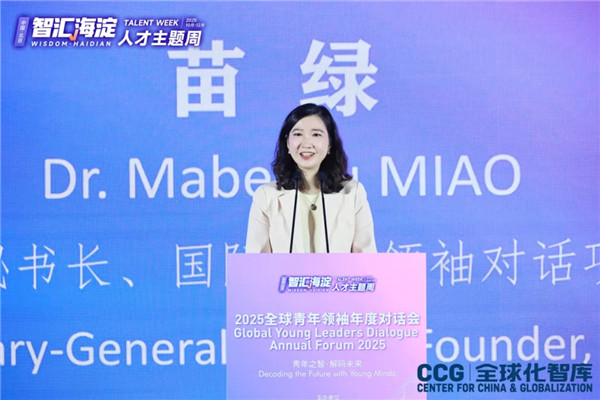China can serve as catalyst in Global North-South cooperation
January 22 , 2024
The year 2023 was dubbed the “Year of the Global South” in some media. The rise in political influence of countries in the Global South was a pivotal trend to watch in 2023, according to the US Foreign Policy magazine.
Initially coined in Carl Oglesby’s 1969 anti-colonial piece, the term “Global South” received official endorsement in the 2004 “Forging a Global South” initiative by the United Nations Development Programme.
During the Cold War, the term “Global South” often designated the Third World countries which remained non-aligned with either the United States or the Soviet Union.
After the Cold War, the term evolved into “developing countries,” a term now prevalent in contemporary national and UN discourse. “Global South” today is a term more frequently encountered in less formal contexts and seldom features in official records or documents.
In general, the Global South is characterized by three main attributes: a non-Western perspective, an anti-interventionist stance and a focus on development.
As the global power dynamics undergo substantial adjustments with a reconfiguration of power structures, the Global South has demonstrated considerable flexibility and independence, which has objectively increased its influence and contributed to a more balanced distribution of power.
Surging influence of Global South
Since the 2008 financial crisis, the rising GDP proportion of undeveloped nations has to some extent laid a foundation for the Global South’s burgeoning clout.
Non-developed G20 member states saw their collective GDP leap from 18.28 percent in 2008 to 30.52 percent in 2021, while the wider non-developed world contributed over half the global GDP.
Beyond economics, some non-Western countries leverage their geographic or resource advantages to reshape regional geopolitical dynamics.
Turkey exploits its pivotal location, OPEC countries wield their energy reserves and output, and Mexico benefits from its integral role in trade routes and supply chains.
All are helping to recalibrate the political and economic landscape while maximizing their interests. The Global South employs comparative strengths to broaden its influence and yield tangible outcomes.
Following the onset of the Russia-Ukraine conflict in 2022, developing nations have asserted their independence through neutrality and advocated negotiations while avoiding polarized stances.
Amidst aggressive US monetary policy between 2022 and 2023 that rattled global finance, Brazilian President Luiz Inacio Lula da Silva’s suggestion for BRICS nations to adopt local currencies for settlements aroused heated discussions in Western countries. BRICS today is an intergovernmental organization comprising Brazil, Russia, India, China, South Africa, Egypt, Ethiopia, Iran and the United Arab Emirates.
BRICS’ expansion in 2023 lent a heightened potency to the Global South in setting agendas and providing leadership.
China link to Global South
Developed nations, acknowledging the Global South’s ascending influence, are eager to collaborate on fronts including trade, climate change, infrastructure and the digital economy. Strategies and objectives vary.
The US has been seeking to woo developing nations and isolate China.
The European Union views the development of relations with the Global South as a part of its so-called “de-risking” strategy. Facing more severe security, economic and leadership challenges, the EU is more focused on forging a “third way” for its vision of a new global order through cooperation with developing countries.
As a developing nation, China aligns with the Global South through its membership in the Group of 77, its advocacy within the Non-Aligned Movement, and its natural synergies with this demographic.
China’s cooperation with the Global South is marked by inclusiveness and innovation epitomized by the Belt and Road Initiative.
The post-Cold War period featured a long-established so-called “only superpower and multi-great power” global hierarchy. Recent years have seen unavoidable adjustments.
The ascent of the Global South signals a pivot towards a new equilibrium in the global order, a transition that is far from simple.
The sheer variety of politics, culture and economy makes the Global South less risk-averse but susceptible to internal divergence.
China is the largest developing country in the world, and China can be an ideal bridge between the Global South and North. China, while prioritizing Global South interests can judiciously mediate between the aspirations of developing and developed countries. By enhancing North-South cooperation and mitigating zero-sum scenarios, China can foster more enduring global development and improved world governance.
(Wang Huiyao is the founder and president of the Center for China and Globalization (CCG), a think tank in China. Miao Lu is the Secretary General of CCG. Translated by Liao Jiaxin and Lin Rui.)
From People’s Daily , 2024-1-22
Topical News See more








